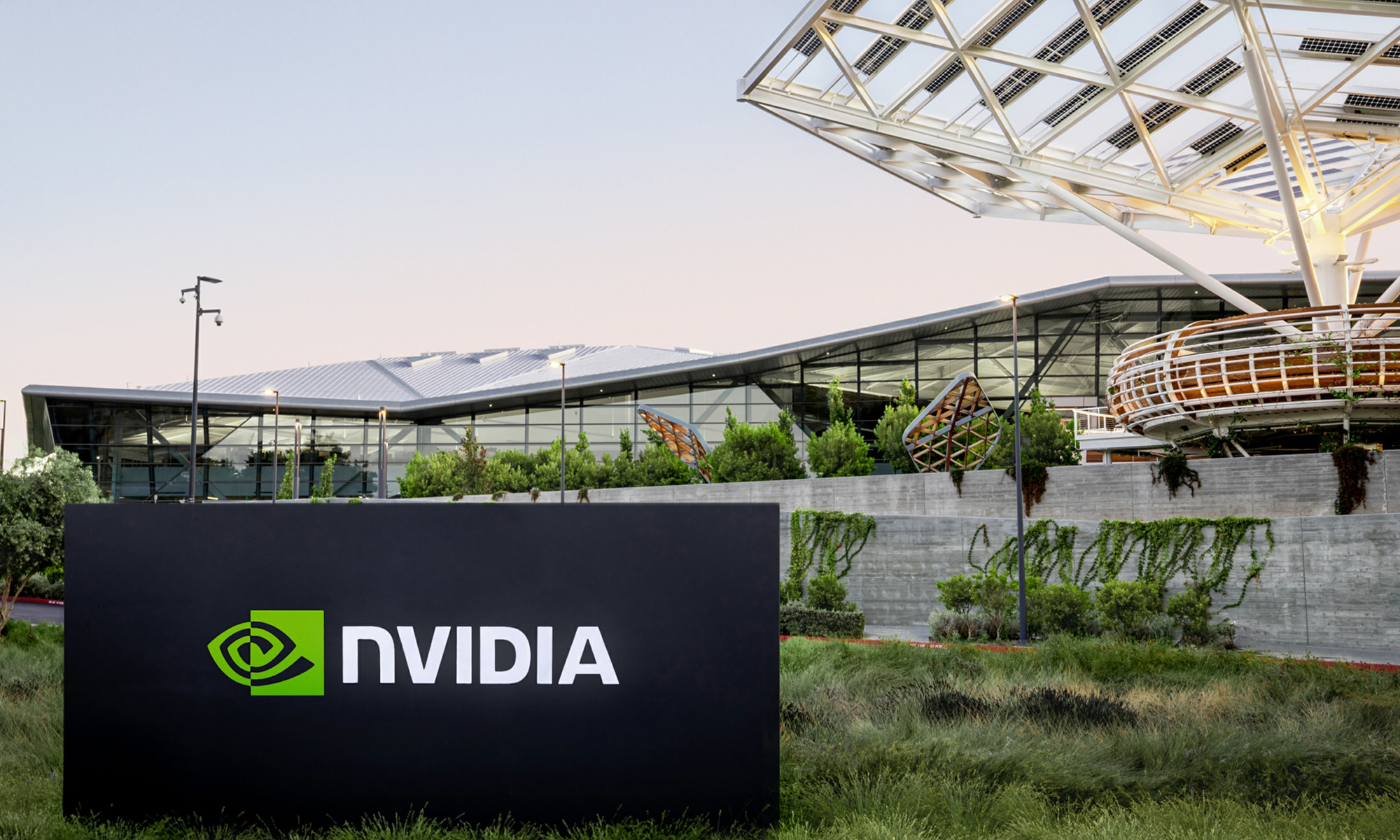While it may not always work out, successfully betting on new technological trends can be a clear path to building wealth. This is exactly what Nvidia (NVDA +1.49%) investors know very well. As of June 24, shares of this artificial intelligence (AI) infrastructure powerhouse have soared 1,460% in the past five years.
Nvidia is the world's second-most-valuable enterprise, with a market capitalization of nearly $3.6 trillion. But should you buy this top AI stock right now? I think investors would be better served by learning both the bull and bear cases for the company.

Image source: Nvidia.
A paragon of the AI boom
In the past few years, no topic has attracted everyone's attention quite like AI. And Nvidia, with its top-notch graphics processing units (GPUs) that power AI training, has been the leading beneficiary. This is clear when looking at the company's incredible growth. Between Q1 2023 and Q1 2026 (ended April 27), revenue rocketed 431% higher.
Innovation remains at the heart of everything Nvidia does. Sales of the latest Blackwell architecture was the "fastest ramp in company history," according to CFO Colette Kress. When it comes to data center GPUs, it's estimated that Nvidia has more than a 90% market share.
Profitability has been equally noteworthy, with operating income rising 1,037% during the same time in the last three years. Nvidia commands strong pricing power, supporting the bottom line.
Demand should remain robust for the foreseeable future because Nvidia's customers can't risk falling behind in their own AI initiatives. So-called hyperscalers plan to spend hundreds of billions of dollars on AI-related infrastructure, which directly benefits Nvidia.
While investors might be familiar with the company's dominance in the hardware space, Nvidia is also finding success with its CUDA software. This allows developers to build AI models that work specifically for Nvidia GPUs. Consequently, customers face switching costs, a key competitive strength for the business.
China is a top risk to Nvidia's dominance
One of the biggest risks for Nvidia is the innovation happening in China. For instance, DeepSeek developed AI models using older chips that need less computing power. This could lead to costs plummeting, as customers realize they don't need to spend so much on high-end GPUs from Nvidia and can, instead, power their AI applications with cheaper alternatives.
In essence, the hardware and software behind AI could become commoditized. The result would be that Nvidia loses its differentiation, leading to revenue and profit pressure.
Speaking of China, Nvidia also has been directly impacted by trade spats. The White House banned sales of the company's high-performing chips to the second-largest economy. To make matters worse, Nvidia's H20 chips, which were made to comply with trade restrictions, have since been banned for sale in China, which resulted in billions in write-downs of excess inventory.
Because of how important AI innovation is on a geopolitical level, Nvidia likely will continue to be restricted in its efforts to sell chips to customers in China in some way. That shuts out demand from a huge market.

NASDAQ: NVDA
Key Data Points
Balancing both arguments
Investors should keep an eye on the risks mentioned. However, the bull case is more compelling at this point. The market agrees, of course, as evidenced by the stock's monster gain in recent years.
The valuation could push some prospective investors into the stock. Shares trade at a forward price-to-earnings ratio of 34.4. Given that consensus analyst estimates call for earnings per share to increase at a compound annual rate of 30% between fiscal 2025 and fiscal 2028, the current valuation looks reasonable.
There remains a lot of uncertainty as to how things will shake out, thanks to how quickly the environment can change with such a dynamic and revolutionary technology. But investors seeking AI exposure in their portfolios should consider starting a small position in Nvidia.





